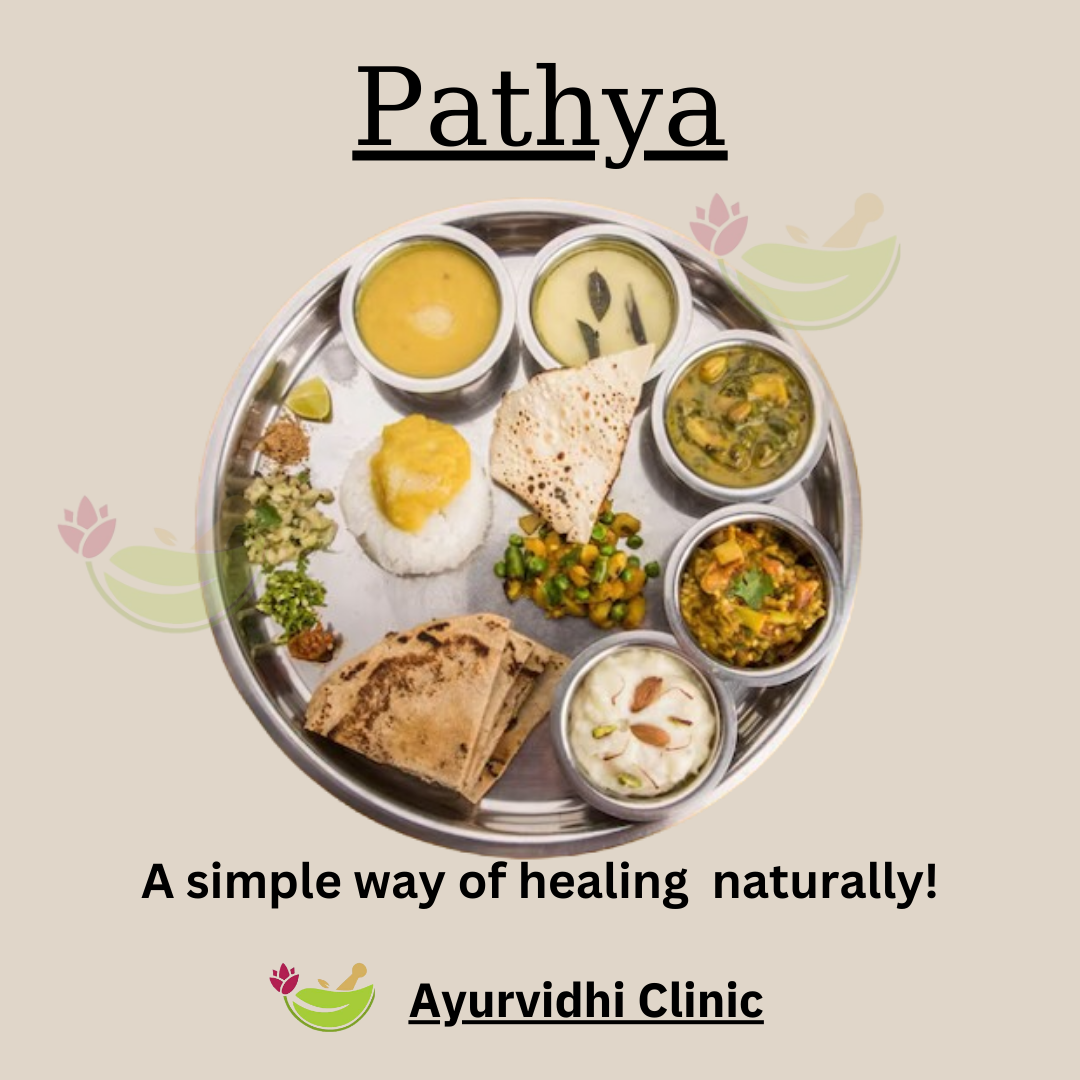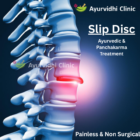Ayurveda is a science of life. It has its own theory of treating diseases with basic herbal recommendations and diet, based on thousands of years of research. Ayurveda has a strong belief that diseases can be formed by eating an unhealthy diet or food and treated excellently with healthy wholesome food. As an ayurvedic practitioner, it’s my duty to aware patient about good healthy food them and rule out unhealthy food habits. In this blog series, we going to have a look at some basic rules that one can follow in their daily routine to keep their health on track.
Whenever we say one should focus on their diet people get curious about what to eat? What to not? What changes to make? Does it need any fancy veggies for it? And so on the list goes. In this blog, we are going to find out what a simple Ayurvedic diet will be generally prescribed by an Ayurvedic physician.
Chapati or Indian bread:
So let’s start with it. The first thing most important in every Indian house is chapatti or roti. A normal wheat roti or chapatti is preferred in a regular day-to-day diet. But eating a fulka can help you get digesting it much easier. If you are on the radar of diabetes then go for Jawar or Bajara roti (Bhakari in Marathi). These two grains are high in fiber and low in glycemic index. As per Ayurveda, they all are regular dietary foods to have; because they are good for your bone health, good for overall health, etc.
Rice:
On number two we have rice. There is too much debate on whether to eat or not to eat rice. But as per Ayurveda, rice is one of the important food items in the diet. But it has some ground rules while cooking and consuming. First thing first rice means local white rice it might be your coloum, jeera colum, basmati, HMT, kaali mooch, etc. whatever you like. It has to be unpolished rice, the second basic rule. It should be eaten at lunchtime and avoid eating at dinner. These basic rules can help you to get the rice benefits.
Daal & Pulses:
Number three Daal or Pulses or lentils. One can have Mong daal, Tur or Arhar daal in day to day lunch or dinner. The daal should be simply well-cocked and served with a good amount of ghee with it. The consistency of daal is to be liquid not to be thick. Avoid heavy tadka to daal to keep its nutrition. One can have a little tadka of ghee, mustard, cumin, or jeera; curry leaves, chopped garlic for taste. Avoid garam masala and other spices to avoid the acidity issues.
In the next blog, we will see another component of diet. To be continued…






Recent Comments